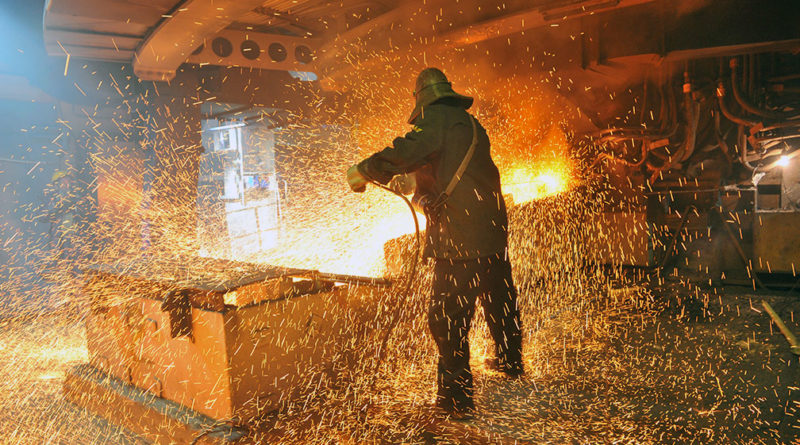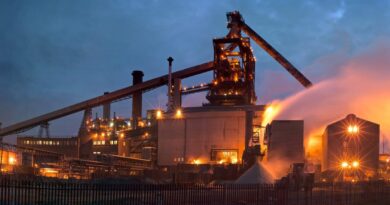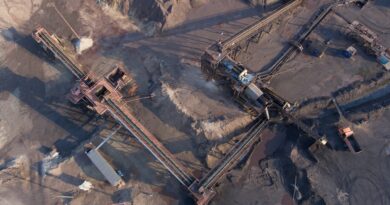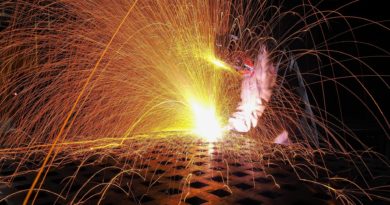World first blast furnace use of hydrogen
The Duisburg-based steel producer thyssenkrupp Steel has launched a series of tests into the use of hydrogen in a working blast furnace. They are the first tests of their kind and are aimed at reducing significantly the CO2 emissions arising during steelmaking.
In the classic blast furnace process around 300 kilograms of coke and 200 kilograms of pulverized coal are needed to produce a ton of pig iron. The coal is injected as an additional reducing agent into the bottom of the blast furnace shaft through 28 so-called tuyeres.

At the start of the tests in November 2019 hydrogen was injected through one of these tuyeres into blast furnace 9. It marks the start of a series of tests in which thyssenkrupp Steel plans to gradually extend the use of hydrogen to all 28 tuyeres on blast furnace 9 and then, from 2022, to all three further blast furnaces. The advantage is that whereas injecting coal produces CO2 emissions, using hydrogen generates water vapor. CO2 savings of up to 20 percent are therefore already possible at this point in the production process.
The start of the test phase also marks the project’s transition to industrial scale. “We want to reduce emissions with hydrogen while continuing to produce pig iron of the same quality,” explains Dr. Arnd Köfler, thyssenkrupp Steel Europe’s Chief Technical Officer. “At the same time we are breaking new ground with the tests on blast furnace 9 so it is now a question of continuously analyzing and evaluating the furnace’s operation. The results will help us to widen the use of hydrogen to all 28 tuyeres.”
Hydrogen will be a key driver of thyssenkrupp Steel’s climate strategy in the coming decades. Following the conversion of the blast furnaces, the company plans to build large-scale direct reduction plants, which will then be operating with hydrogen-containing gases, starting in the mid-2020s. The sponge iron they produce will initially be melted down in the existing blast furnaces but in the long term will be processed into crude steel in electric arc furnaces using renewable energies.
In Air Liquide the project has a partner on board for the injection tests who has expertise in the entire hydrogen value chain from production and storage to the development of end consumer uses. Gilles Le Van, CEO of Air Liquide Deutschland: “Hydrogen is the key to both the energy transition and industrial transformation. This special molecule can be both a raw material for industry and a medium for energy storage and recovery.”




